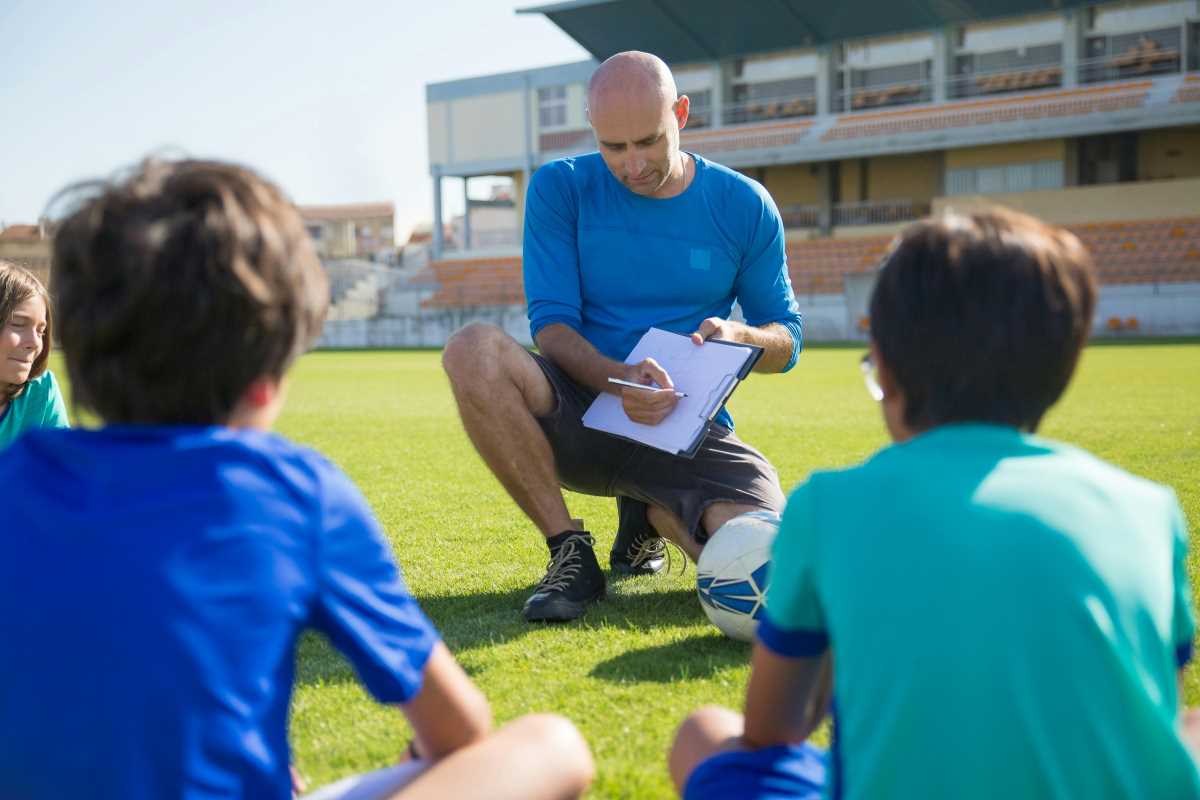Youth sports programs are more than just a way for kids to burn off energy or chase a trophy. They’re powerful tools that build stronger communities, cultivate future leaders, and tackle some of the biggest challenges neighborhoods face today. Whether it’s soccer on a rainy field or basketball at the local gym, these programs shape more than young athletes—in many ways, they shape the heart and soul of a community.
If you’re wondering how something as simple as youth sports can address complex societal issues, stick around. From teaching teamwork to reducing crime, here’s why youth sports programs deserve a place in every community, and what we can do to keep them thriving.
1. Building Teamwork, Leadership, and Discipline
When kids join a sports program, they step into an environment where skills like teamwork, leadership, and discipline are front and center. Forget about the final score for a second; what really matters is what happens on the court, field, or track as they practice, compete, and grow.
Teamwork
Sports teach young people how to work with others toward a shared goal. On a soccer team, for instance, no single player can win the game alone. Passing the ball, reading teammates’ movements, and trusting others are all keys to success. That kind of collaboration carries over into school, future careers, and even relationships later in life.
Leadership
Youth sports are full of opportunities for kids to step up as leaders. Maybe it’s the team captain rallying their peers before a big match or a quiet kid learning to encourage a teammate after a tough practice. These leadership moments build confidence and resilience in ways no textbook can match.
Discipline
Showing up for practices, following a coach’s guidance, and pushing through tough moments all teach discipline. Sports show youth the importance of commitment, time management, and persistence. Life lessons like these stick with them long after their playing days are over.
Example: The Boys and Girls Clubs of America has countless stories of young athletes blossoming into capable leaders. One high school basketball player in Detroit once said his team taught him to listen first, speak carefully, and approach every challenge with patience. Years later, those skills stayed with him as he led his own company.
2. Health and Wellness Benefits
One obvious perk of youth sports is physical health. Through regular exercise, kids build strong muscles, improve their cardiovascular health, and reduce the risk of obesity. But sports go beyond just physical wellness; they also promote mental well-being.
Studies consistently show that exercise helps to release endorphins, which reduce stress and improve mood. Kids who participate in sports are less likely to suffer from anxiety or depression thanks to those feel-good chemicals and the sense of belonging they gain on a team.
Physical and mental health also play a major role in community development. Healthier kids mean healthier schools, families, and neighborhoods. When youth stay active and happy, they’re more likely to engage productively with their environment, creating ripple effects that benefit everyone.
Example: “Girls on the Run” is a national nonprofit that combines running with lessons on self-esteem and resilience for girls in grades 3–8. Many participants say they finish the program not only physically stronger but also more confident in their ability to tackle challenges off the track.
3. Lowering Crime Rates
Communities that lack positive opportunities for youth often face higher crime rates. Idle time and lack of guidance can lead some kids down dangerous paths. But youth sports programs can break that cycle by offering young people a safe, structured environment and a sense of purpose.
Instead of hanging out unsupervised in an empty lot, kids are practicing skills, making friends, and engaging in healthy competition. Coaches become mentors, teammates become support systems, and the overall effect is fewer opportunities for risky behavior.
Example: Midnight Basketball, a program launched in 1986 in Maryland, targeted at-risk youth by offering late-night basketball games to keep participants off the streets. The program’s success went far beyond the court; it led to significant drops in crime rates in the communities where it was implemented.
4. Social Connections and Unity
When kids join sports programs, they’re not just building their own circle of friends. They’re adding threads to a much larger social web that strengthens entire communities.
Parents come together on the sidelines, neighbors cheer each other’s kids on, and local businesses invest as sponsors. Before you know it, casual acquaintances become friendships, and a shared sense of pride grows within the community.
Youth sports also bridge divides, bringing kids from different backgrounds together in ways that promote inclusion and understanding. When kids play side by side, barriers break down, stereotypes diminish, and empathy takes root.
Example: The “South Bronx United” soccer program combines sports with academic support and mentoring. It draws kids from immigrant families across cultures and unites them under the shared love of soccer. While improving players’ skills, the program also creates a tight-knit, multicultural community that continues long after practices end.
5. Empowering the Next Generation
Youth sports programs prepare kids to tackle bigger challenges outside the boundaries of their chosen sport. Whether it’s problem-solving on the fly, pushing through setbacks, or communicating under pressure, athletes learn valuable skills that translate into their personal and professional lives.
This empowerment builds leaders who go on to improve their communities in other ways. Former youth athletes often grow into adults who prioritize giving back, whether by becoming coaches, teachers, or active participants in local development efforts.
How to Support or Start a Youth Sports Program
Now that we’ve seen the impact youth sports programs can have on community development, the next question is, “How can we help sustain or create these programs in our neighborhoods?” Here are a few actionable steps to get started.
1. Get Local Schools and Parks on Board
Reach out to schools or parks departments about starting or expanding sports offerings. Many are happy to support efforts, especially if they don’t currently have organized programs in place. Partnerships between schools, local rec centers, and community organizations can help pool resources and spread the workload.
2. Recruit Volunteers
Youth sports programs thrive on volunteers, from coaches to event coordinators. Reach out to parents, local college students, and even retirees who have the time and experience to help. Sometimes you’ll find volunteers simply by asking.
3. Seek Funding and Sponsorships
Financial challenges are one of the biggest obstacles for youth sports programs. Whether it’s equipment, uniforms, or facility rentals, costs add up fast. Look for funding opportunities through grants, local businesses, or community fundraisers.
Pro tip? Host a community fundraiser like a 5K run or charity tournament to raise money and awareness for your program.
4. Make Programs Accessible
Ensure that your program is as inclusive as possible. Offer sliding-scale fees or scholarships for families who need them. Try to include adaptive programs for kids with disabilities so no one is left out of the fun.
5. Promote Your Program
Many community members would jump in to support youth sports programs if they only knew about them. Use flyers, social media, or local events to spread the word. Partner with schools, libraries, and other organizations to reach a broad audience.
Whether you’re a parent, coach, business owner, or neighbor, you have the power to help. Together, we can ensure that every kid has the chance to pick up a ball, learn something new, and grow into someone who makes the world a better place.
 (Image via
(Image via





